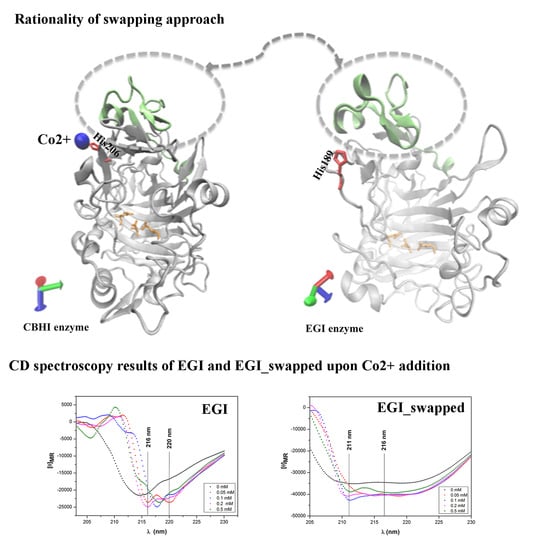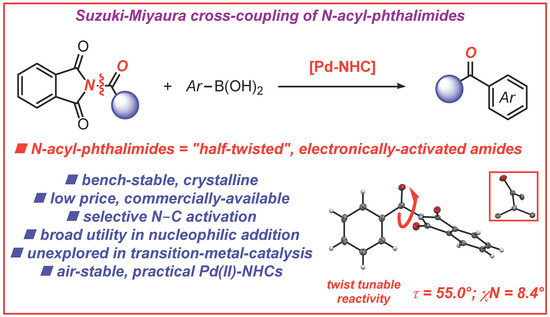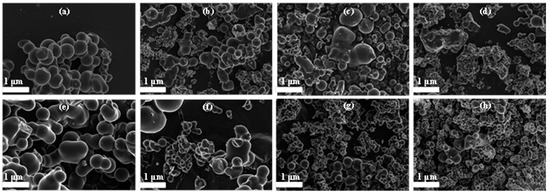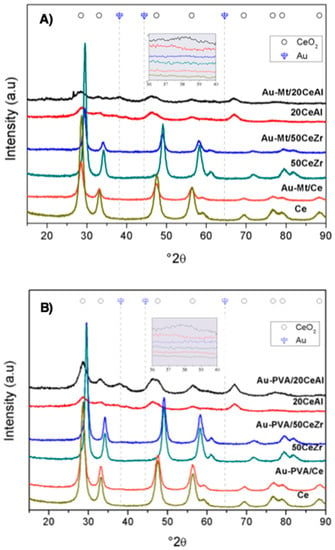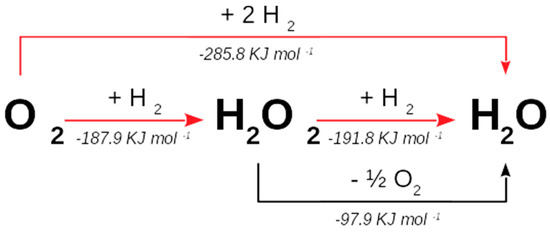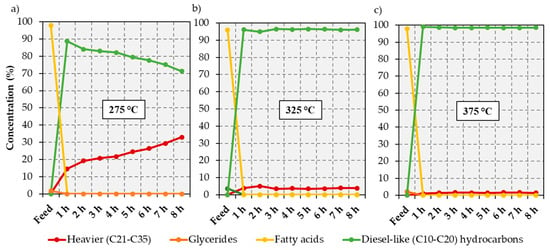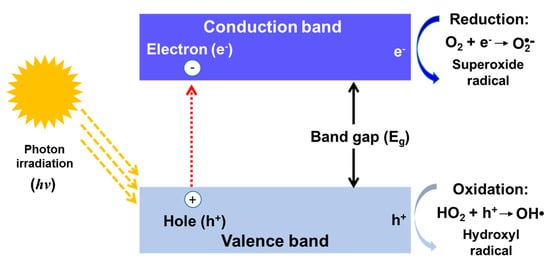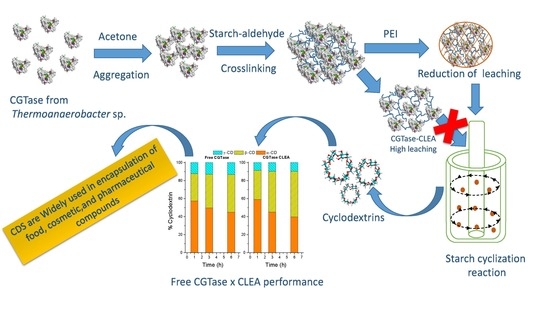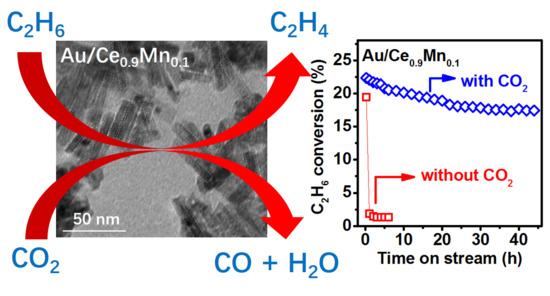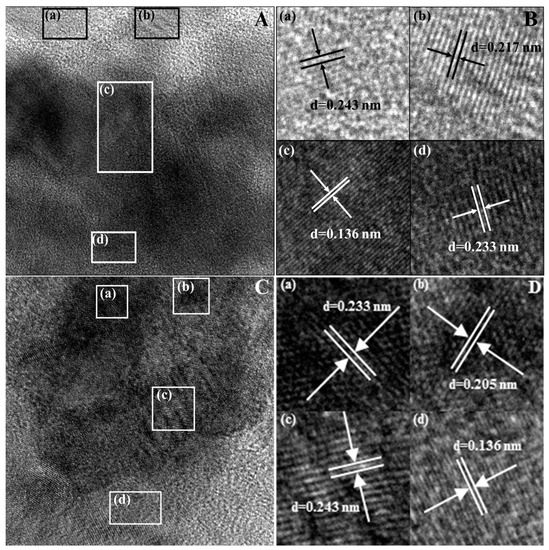Catalysts 2019, 9(2), 131; https://doi.org/10.3390/catal9020131 - 1 Feb 2019
Cited by 15 | Viewed by 12119
Abstract
Since the beginning of the 20th century, numerous research efforts made elegant use of barbituric acid derivatives as building blocks for the elaboration of more complex and useful molecules in the field of pharmaceutical chemistry and material sciences. However, the construction of chiral
[...] Read more.
Since the beginning of the 20th century, numerous research efforts made elegant use of barbituric acid derivatives as building blocks for the elaboration of more complex and useful molecules in the field of pharmaceutical chemistry and material sciences. However, the construction of chiral scaffolds by the catalytic enantioselective transformation of barbituric acid and derivatives has only emerged recently. The specific properties of these rather planar scaffolds, which also encompass either a high Brønsted acidity concerning the native barbituric acid or the marked electrophilic character of alkylidene barbituric acids, required specific developments to achieve efficient asymmetric processes. This review covers the enantioselective catalytic reactions developed for barbituric acid platforms using an organocatalytic and metal-based enantioselective sequences. These achievements currently allow several unique addition and annulation reactions towards the construction of high valued chiral heterocycles from barbituric acid derivatives along with innovative enantioselective developments.
Full article
(This article belongs to the Section Catalysis in Organic and Polymer Chemistry)
►
Show Figures

